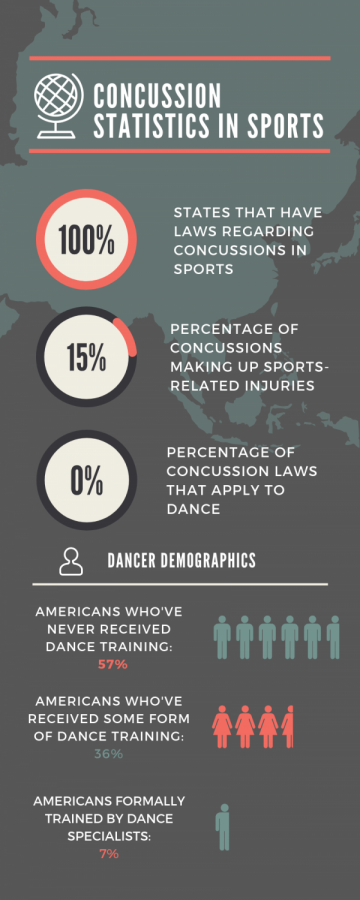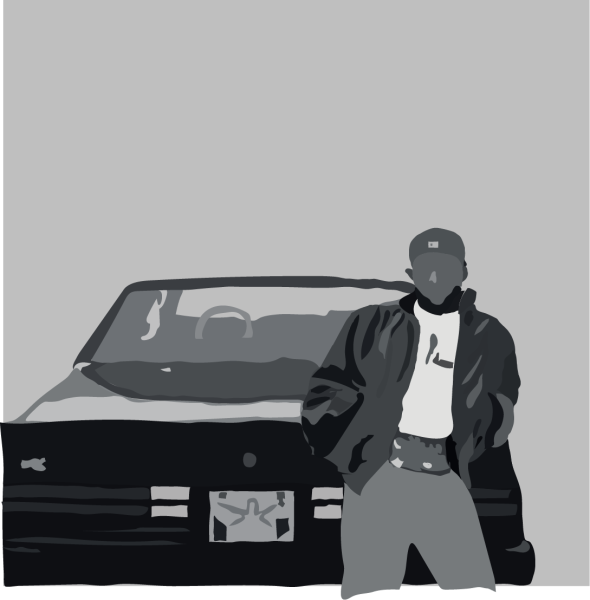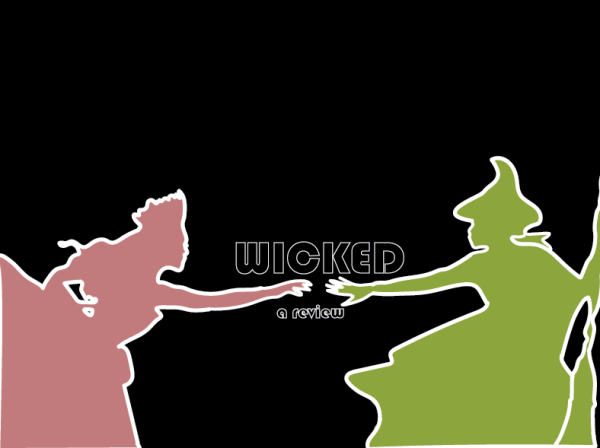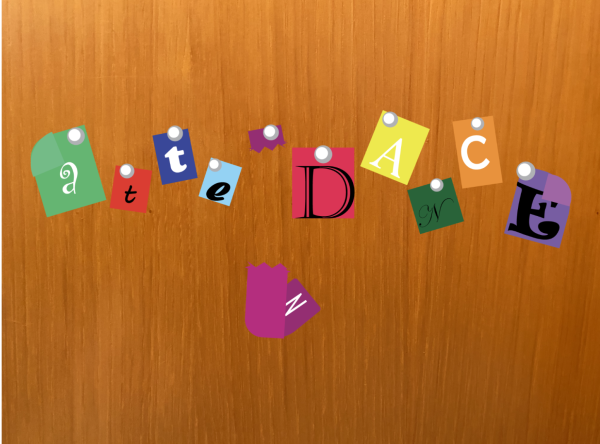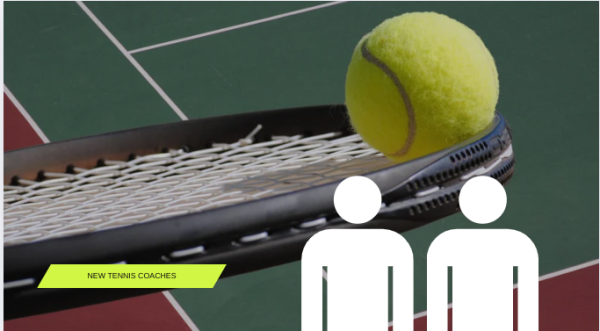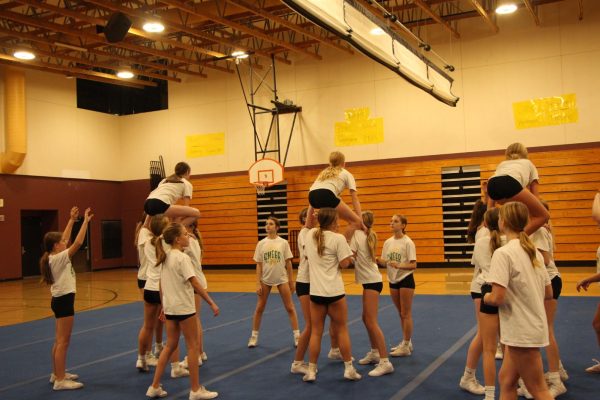Thinking ahead about the safety of dancers
Despite the recent development in awareness and legislation for concussions, dance still has little regulation or education on the topic. Although concussions in dance are rare, this is still extremely worrisome for dancers.
There are multiple ways to get a concussion while dancing. This could be by getting kicked in the head, dropped from a lift, slipping or falling in general, and many more. Both dancers and teachers don’t seem to consider this possibility when these events occur, making dangerous decisions after the incident occurs that could result in fatal consequences for the dancer.
The exempt of dance overall from the new regulations and guidelines for concussions is alarming in itself, and is definitely something that should be pushed for. There are approximately 32,000 dance studios in the US today, and there are often hundreds of dancers training at just one studio. The fact that they were excluded is confusing due to the amount of people that actually do spend a majority of their time dancing. Is the sport considered inferior to others? Is the extremity of the sport questioned? These questions have definitely come up before with the many false stereotypes that arise of dancers.
Even though legislation is a long-term goal we should definitely fight for, we should begin by thinking smaller. Educating dancers and teachers is an immediate action we could accomplish. Incorporating education on precautions and awareness of concussions in dancers’ and dance teachers’ training would help ensure the safety of dancers and help avoid the long lasting consequences concussions can cause.
Concussions are a serious injury , affecting not only the physical ability of a person but also the mental ability. They also have the potential of affecting a person for a very lengthy period of time. Dancers are often informed early on about actions they should take after suffering certain injuries. For example, it’s well known that if you pull a muscle during class you should avoid straining that muscle more for the rest of the night by marking flexibility moves or tricks or anything else needed. Icing after rehearsal is also a known form of remedy after an injury. The actions taken immediately after a concussion are crucial to the recovery, so knowing what to do in this situation is even more important that others. But most dancers don’t know what they should do if this occurs. More emphasis on concussion education for dancers is the first step we should take to achieve equal awareness for dancers.
A good resource dancers can explore to gain more knowledge on concussions in dance and the precautions that should be taken is Dance/USA Task Force on Dancer Health. Their website has recently included an article on concussions in dance because of the exclusion of dance in the recent concussion awareness. The article includes facts and actions that should be taken following the injury such as avoiding any medication besides Tylenol, avoiding physical activity until cleared by a doctor, and more. Even if achieving equal concussion awareness in dance requires a long road ahead, we can begin by simply educating dancers and dance teachers on the severity of the injury.
Your donation will support the student journalists of West Linn High School. Your contribution will allow us to continue to produce quality content by purchasing equipment, software, and continuing to host our website on School Newspapers Online (SNO).

For Andie Jamison, junior, said she’s been picking up a pen for as long as she can remember.
“I’ve [always] enjoyed writing stories of any kind,”...



![Reaching out. Christopher Lesh, student at Central Catholic High School, serves ice cream during the event on March 2, 2025, at the Portland waterfront. Central Catholic was just one of the schools that sent student volunteers out to cook, prepare, dish, and serve food. Interact club’s co-president Rachel Gerber, junior, plated the food during the event. “I like how direct the contact is,” Gerber said. “You’re there [and] you’re just doing something good. It’s simple, it’s easy, you can feel good about it.”](https://wlhsnow.com/wp-content/uploads/2025/03/interact-1-edited-1200x744.jpg)

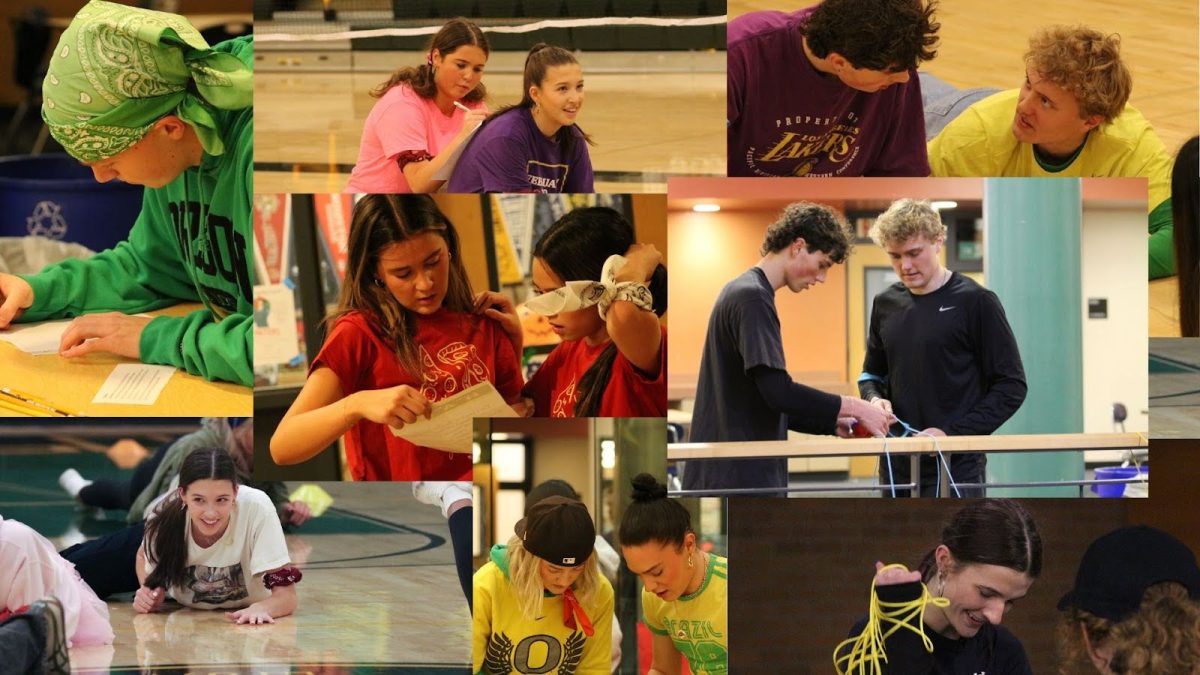























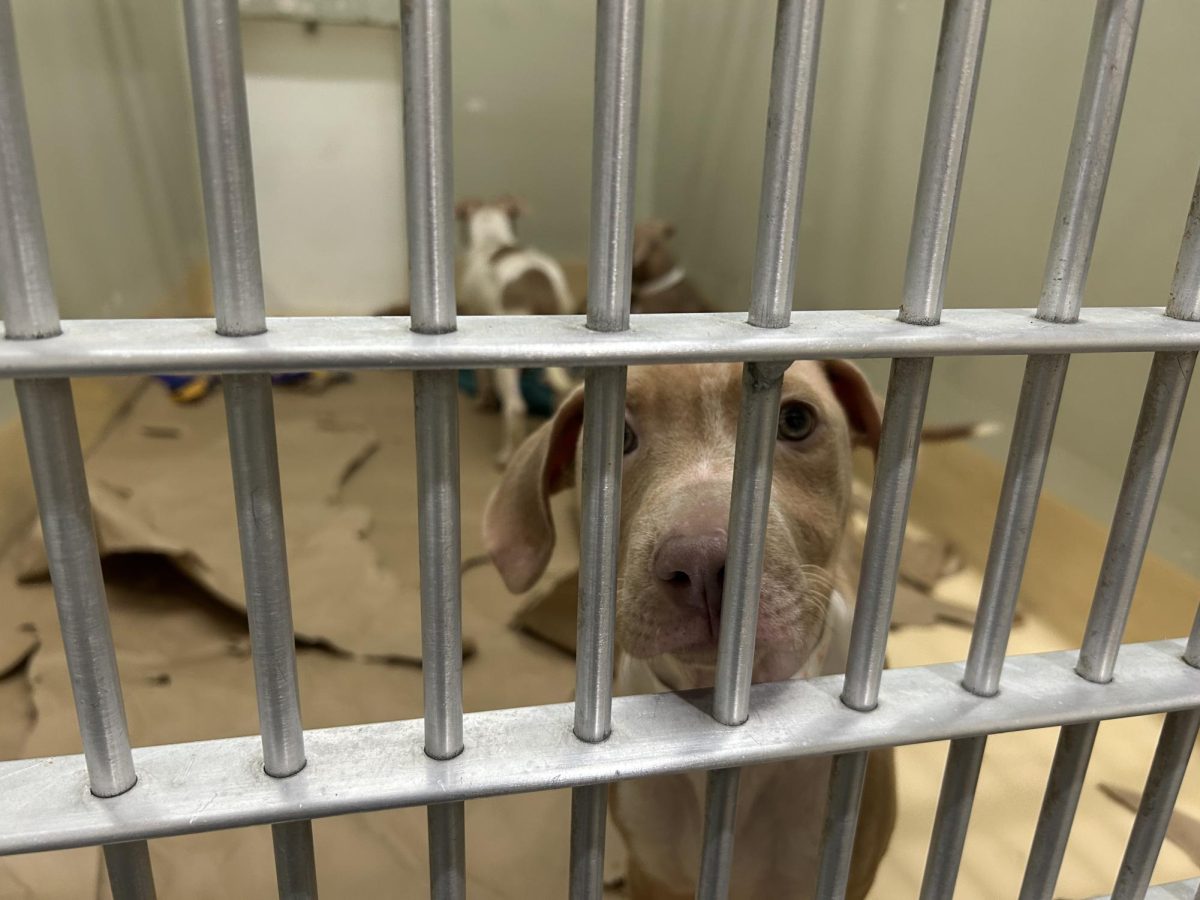















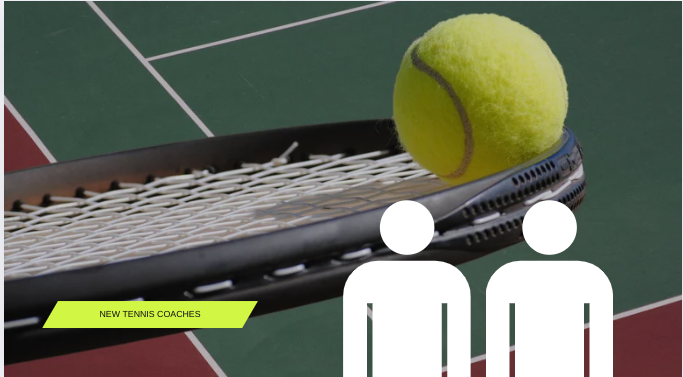
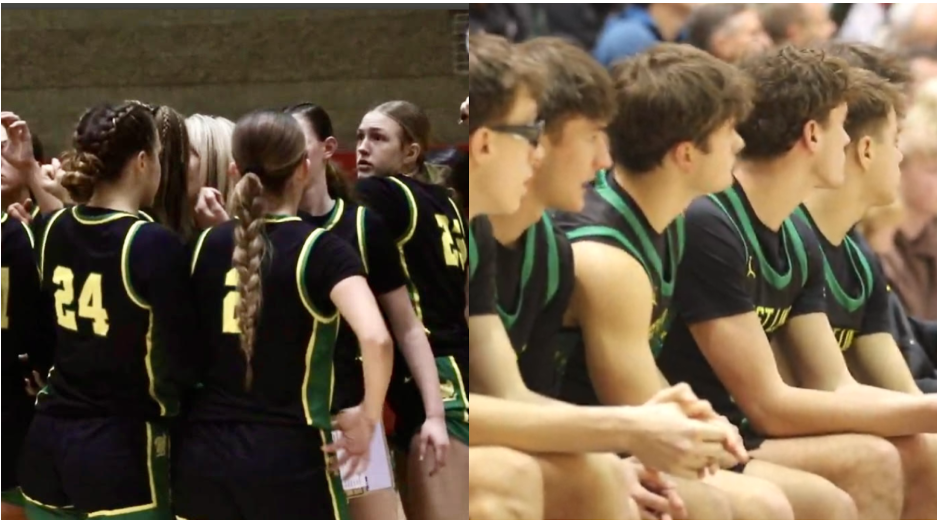


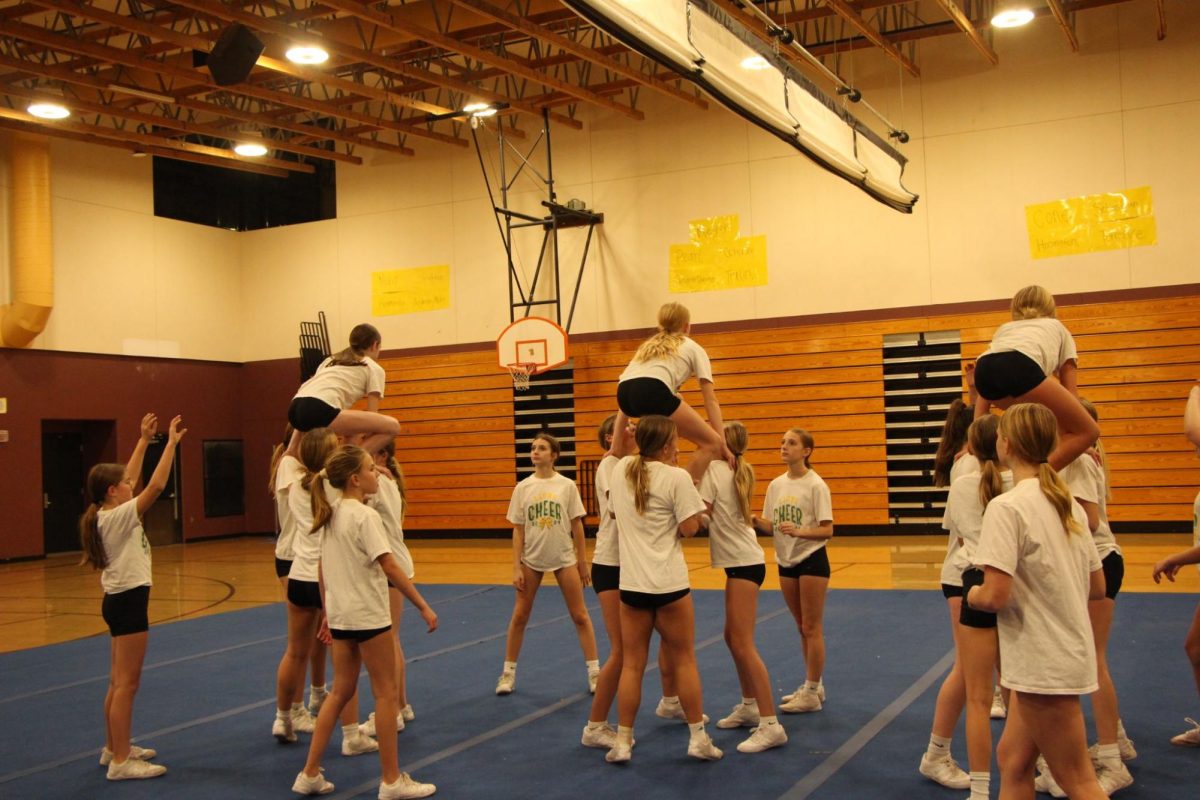
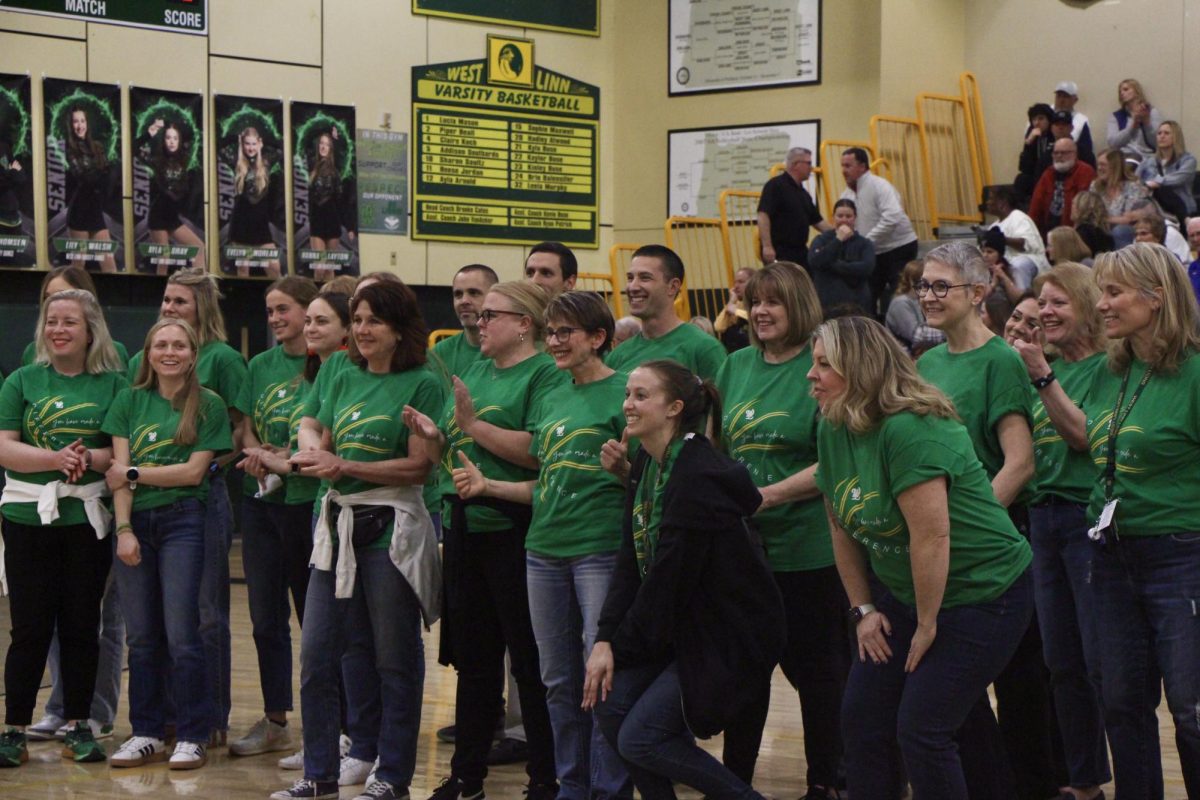








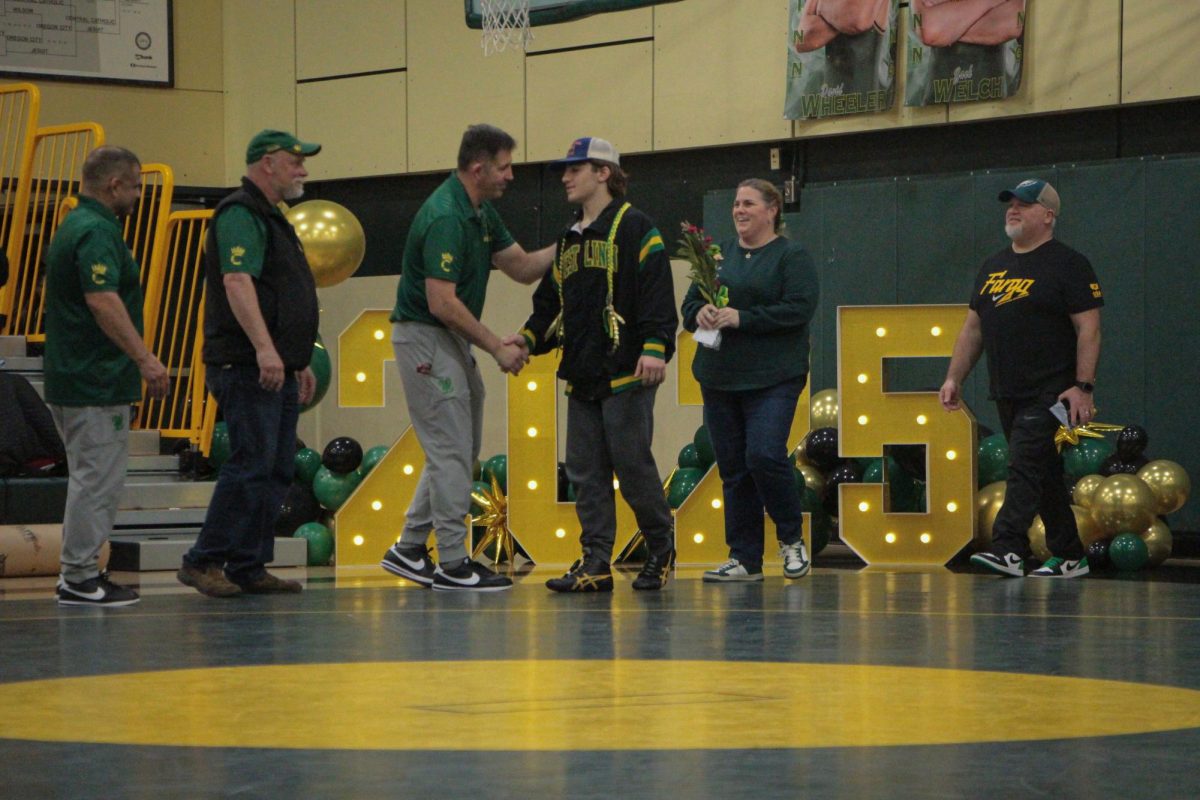




![At the bottom of the third inning, the Lions are still scoreless. Rowe stands at home plate, preparing to bat, while Vandenbrink stands off to the side as the next batter up. Despite having the bases loaded, the team was unable to score any runs. “It’s just the beginning of the season. We’re just going to be playing out best by June, [and] that’s where champions are,” Rowe said.](https://wlhsnow.com/wp-content/uploads/2024/03/IMG_3077-1200x900.jpg)

















































